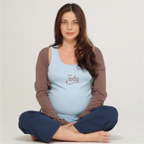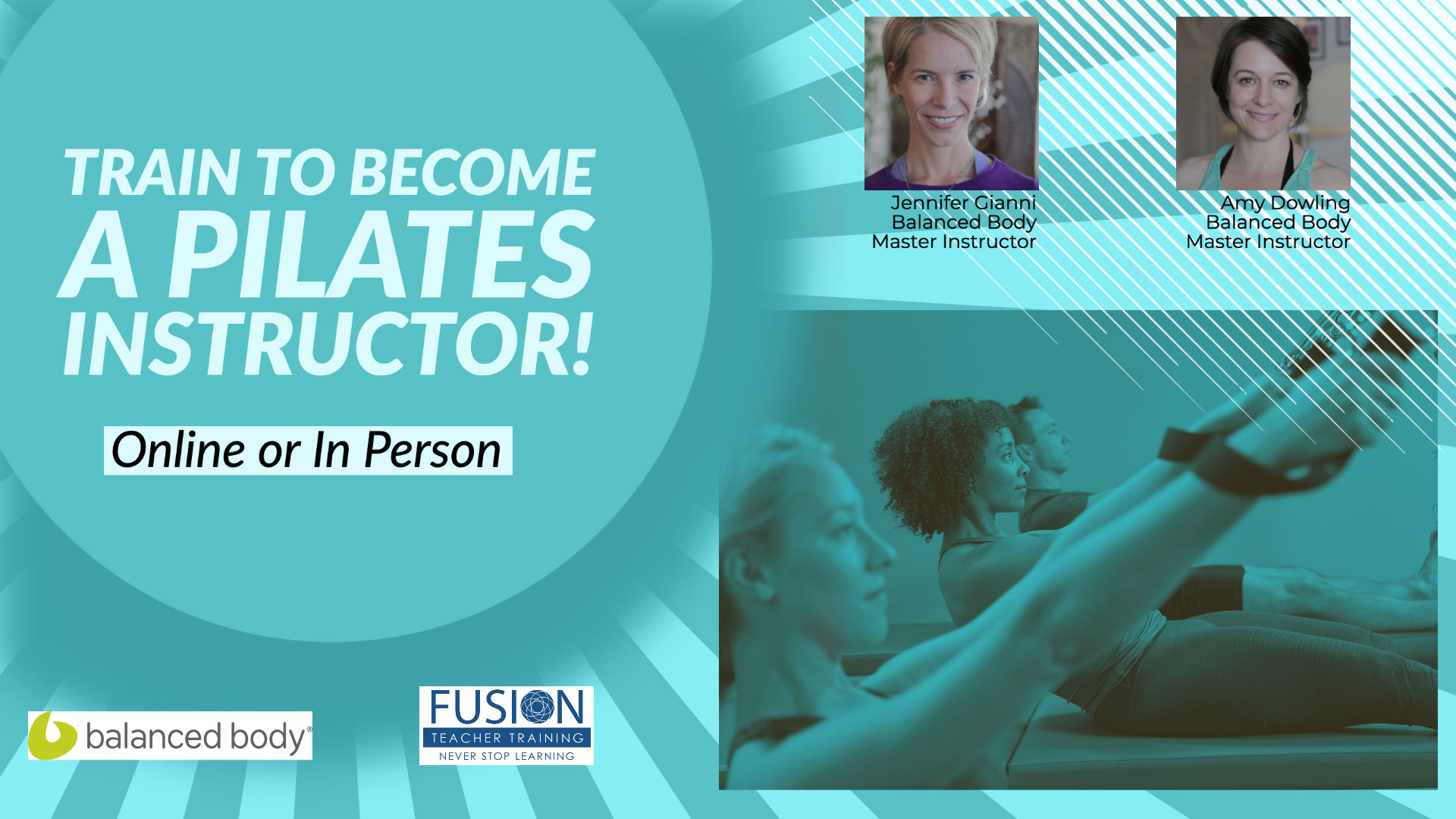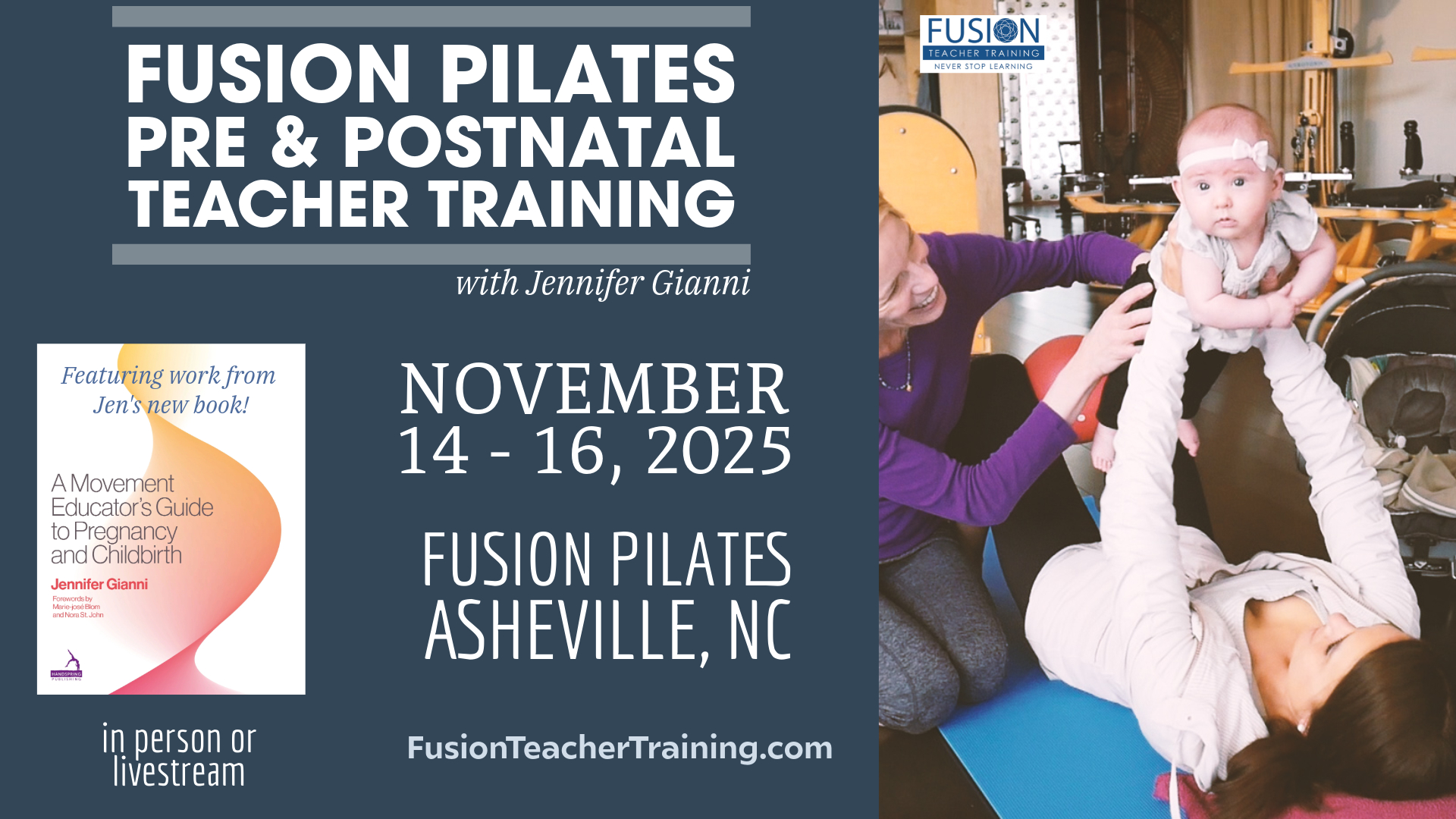 The body will start to change visibly during the second trimester. You will hear people say that the second trimester is the best part of being pregnant, the honeymoon period of the pregnancy. By this point, most women have gotten over their feelings of nausea and extreme tiredness and actually feel very well. My mother says she never felt better (pregnant or not) than she did during the second trimester of all three of her pregnancies. This is the period a pregnant woman is most likely to ‘glow’ with health. The hormones of pregnancy seem to do wonders for the skin and the hair!
The body will start to change visibly during the second trimester. You will hear people say that the second trimester is the best part of being pregnant, the honeymoon period of the pregnancy. By this point, most women have gotten over their feelings of nausea and extreme tiredness and actually feel very well. My mother says she never felt better (pregnant or not) than she did during the second trimester of all three of her pregnancies. This is the period a pregnant woman is most likely to ‘glow’ with health. The hormones of pregnancy seem to do wonders for the skin and the hair!
Once in the second trimester, the pregnant woman should no longer lie flat in sleeping or exercise. When lying flat, there is a danger that the weight of the uterus and baby could compress the Inferior Vena Cava. The Inferior Vena Cava or IVC is a large vein that carries deoxygenated blood from the lower half of the body into the heart. When this vein is compressed, blood volume to the heart decreases, blood pressure drops, and blood flow to the mother’s brain and the placenta lessens. It is posterior to the abdominal cavity and runs alongside the vertebral column on its right side. It enters the right atrium at the lower right, back side of the heart. Health problems attributed to the IVC are most often associated with it being compressed. Since the IVC is primarily a right side structure, pregnant females should turn to their left side to relieve pressure on it and facilitate venous return.
As the shape changes during pregnancy, it is important to exercise in the correct way to protect against strain and injury. Because the center of gravity is constantly changing in the pregnant woman, doing constant posture checks are a must. In pregnancy, exercise helps to boost the circulation of both blood and lymph helping to curb the swelling of the hands and feet. Exercising during pregnancy prepares you for the upcoming labor by keeping your muscles well toned and strong and also giving you a sense of calmness and well-being. The following are excellent exercises to add into your second trimester regime.
Exercise: LENGTHENING BACK STRETCH AT THE WALL
As the pregnant woman get bigger in the second trimester, you may find that the lower back is arching and compressing. Many pregnant women in their second trimester start to feel unstable and begin to sense tightness in the lower back. This supportive lower back stretch makes such a difference if done on a daily basis. It helps to traction and stretch the lower back which will give the client much ease in the later months of pregnancy.
• Start with a neutral back to the wall with the feet placed away from the wall (about 10 to 12 inches)
• Keep the feet hip distance apart and parallel. If you continue to do this exercise in your third trimester (which you should!), allow the legs and feet to turn out slightly.
• The knees should be slightly bent.
• Rest the hands on top of the legs.
• Inhale for length.
• Exhale and flatten the lower back into the wall. Maintain the stretch of the lower back against the wall up to thirty seconds.
• To make this more restorative, the hands can rest on the wall or (especially for third trimester) the fingers can lace under the abdomen creating a sling with your arms to support the weight of the belly.
• To emphasize strengthening , bend the knees and lower the behind until the thighs are almost parallel to the floor and flatten the lower back against the wall.
• To release, slowly rise to standing.
Exercise: CHEST EXPANSION AND NECK STRETCH
This exercise can be done seated, standing, or on the knees. You can hold up to 2 lbs of weight in each hand but it is still very effective without any dumbbells.
Chest Expansion helps to strengthen the lungs, so if practiced regularly the lungs will become stronger and able to take in more air.
• Keep the spine still and neutral as the arms move.
• Inhale and press the arms back.
• Holding on to the inhale, look left.
• Exhale, turn to the front and return the arms.
• On the next repetition, look in the opposite direction.
• Do 6 to 8 reps on each side.
ADD ON
• Look in both directions before turning center and releasing the breath.
Exercise: LIFTING THE FRONT OR BACK OF THE PELVIC FLOOR
It is essential that we work all areas of the pelvic floor to get ready for the upcoming labor and birth and then the recovery after delivery. Like any other muscle in our body we should have balanced musculature in the pelvic floor: not too loose, not to tight but somewhere in the middle.
It is also very beneficial to feel the sensation of lifting the front of the pelvic floor as opposed to the back of the pelvic floor and vice versa. When you are in the pushing stage of labor you will want to push to the front so the baby can be guided out easily. Many times in the labor room we are guided to push like we are having a bowel movement. This is not a helpful cue. It brings the baby in the wrong direction and can sometimes lead to an episiotomy.
You can practice your pelvic floor work in any position. The seated position on a stool or stability ball is the best place to start.
• Feel all four points of the pelvic floor diamond pressing into the stool: the pubic bone, the tail bone, and the two sitting bones to each side.
• The most inferior part (the bottom) of our pelvic floor muscles are stretched between these four points.
• Imagine a line drawn from sitting bone to sitting bone cutting this diamond in half.
• The front half of the diamond (or the front triangle) houses the urethra and vagina. The back triangle houses the anus.
• Inhale and allow the whole diamond to spread and stretch wide.
• Exhale and lift only the front triangle keeping the back triangle wide and relaxed.
• Inhale and hold the front triangle up.
• Exhale and slowly release it.
• Inhale and again allow the whole diamond to stretch and spread out in all directions.
• Exhale and only lift the back triangle, keeping the front triangle wide and relaxed.
• Inhale and hold the back triangle up.
• Exhale and slowly release it.
• Do 4 to 6 more sets.
• Do not rush and take at least 30 seconds between each lifting of the pelvic floor to allow the floor to relax.
~by Jennifer Gianni
We hope you found these exercises and tips helpful! Let us know what you thought below.




Leave A Reply (No comments So Far)
Please - comments only. All Pilates questions should be asked in the Forum. All support questions should be asked at Support.
You must be logged in to post a comment.
No comments yet.